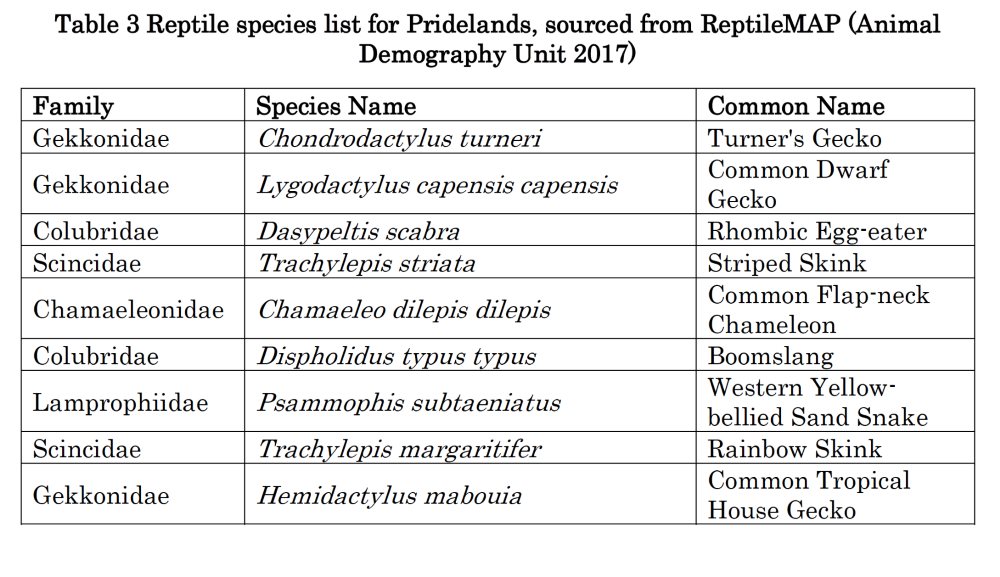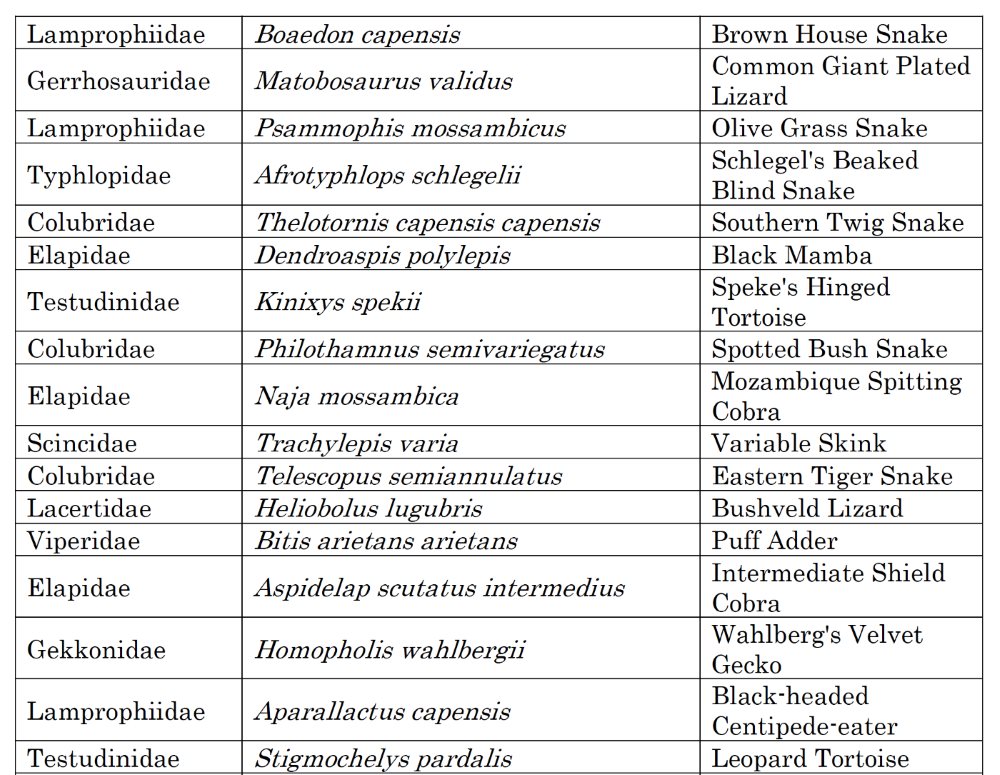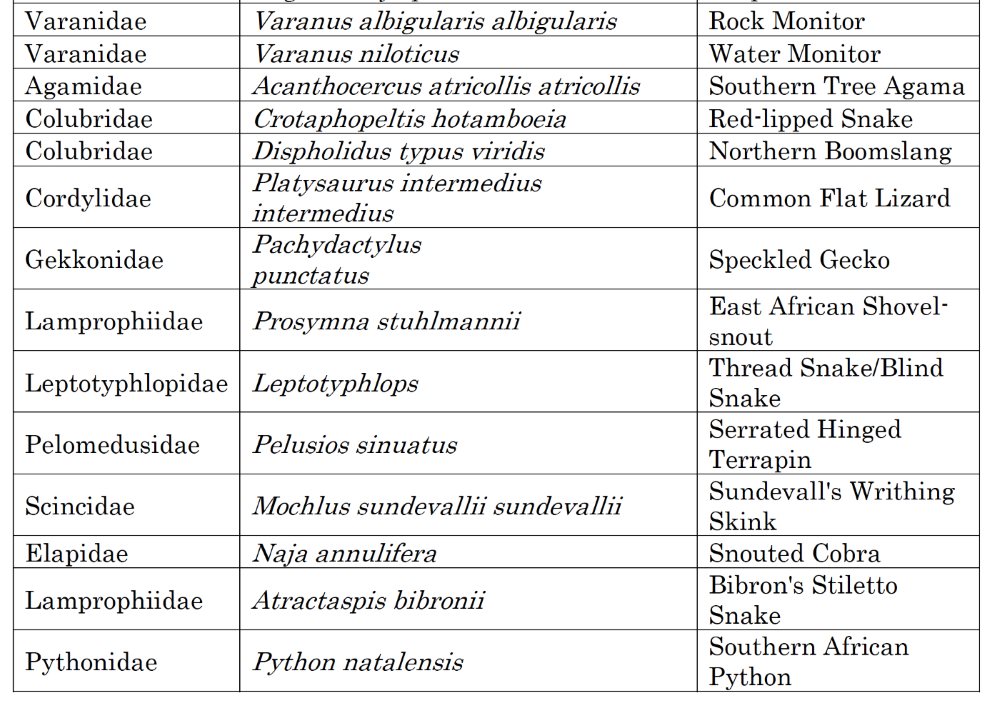Baseline Biodiversity on Pridelands
By Megan Loftie-Eaton – Pridelands Ecologist
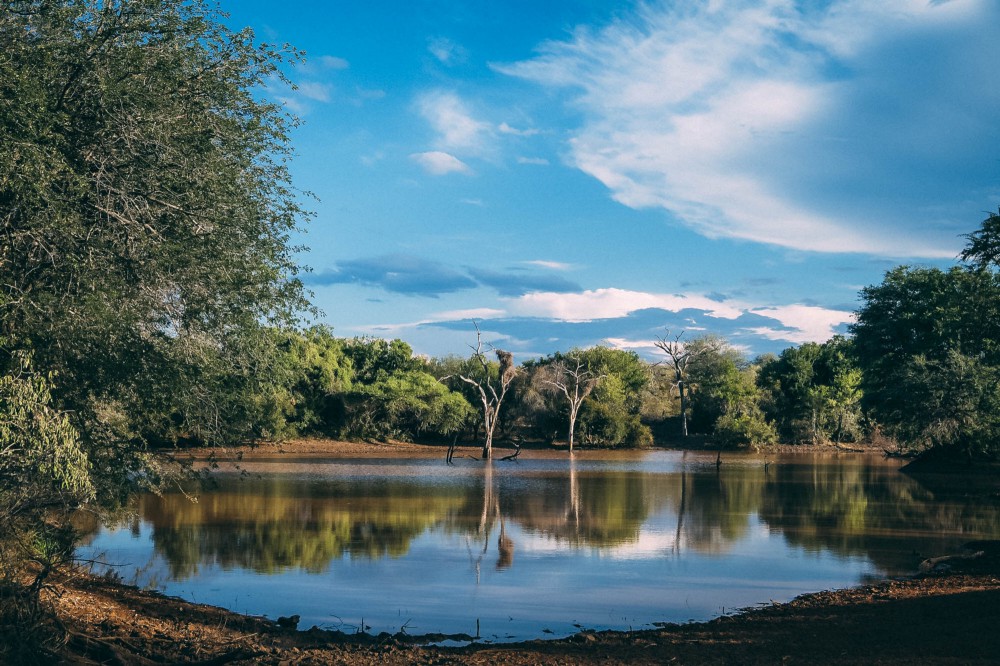
Leopard Dam on Pridelands. © Kirstin Scholtz
Vegetation
The vegetation on Pridelands forms part of the Granite Lowveld vegetation zone (Figure 4). It is characterised by tall shrubland with few trees, to moderately dense low woodland on the deep sandy uplands. Dense thicket to open savanna occur in the bottomlands.
Grasses
Digit Grass or Pangola Grass (Digitaria eriantha)
Guinea Grass (Panicum maximum)
Buffalo Grass or Cats-Tail Three-Awned Grass (Aristida congesta)
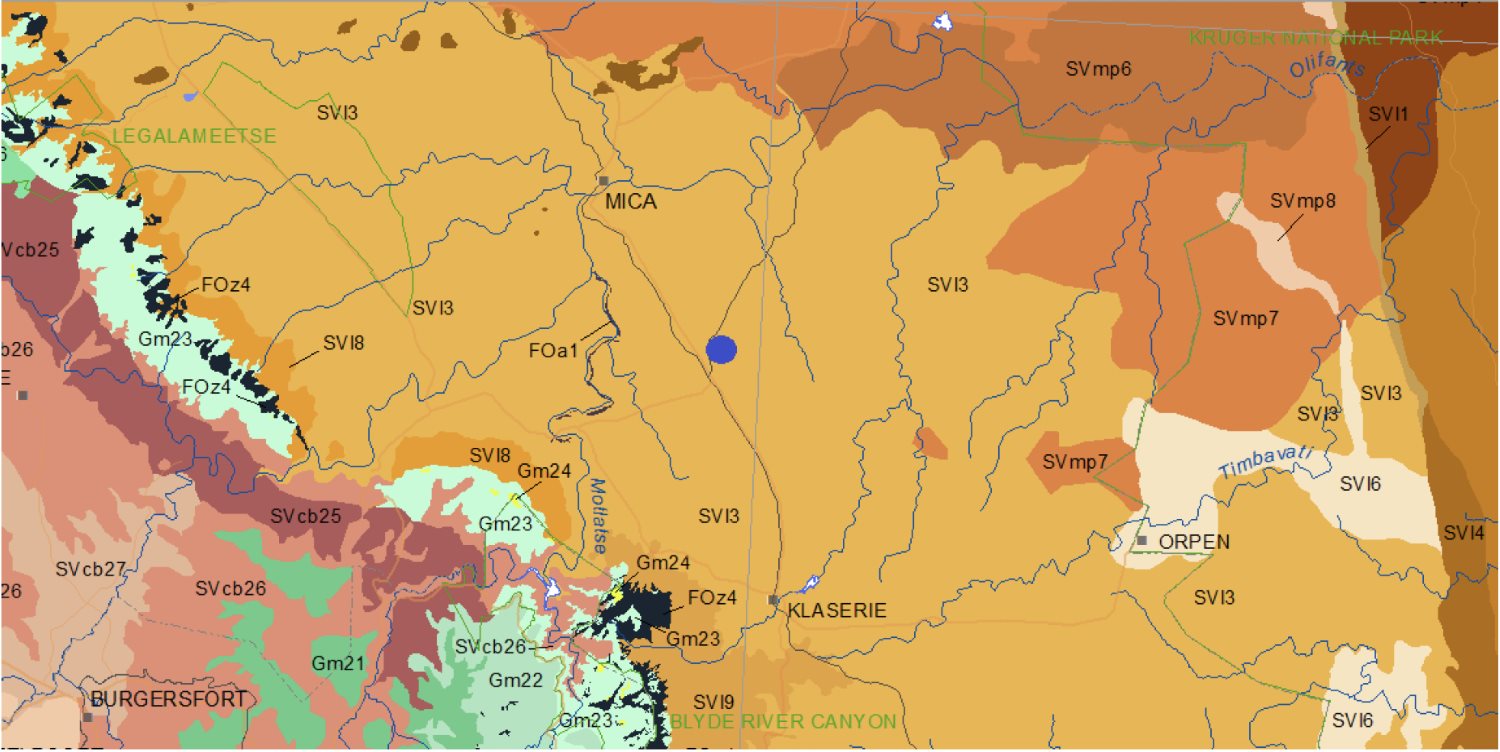
Figure 4 Granite Lowveld (SVI3) — blue dot shows location of Pridelands
Trees
Tall trees:
Knobthorn (Acacia nigrescens)
Marula (Sclerocarya birrea)
Medium/small trees:
Gum Arabic (Acacia nilotica)
Sickle-leaved albizia (Albizia harveyi)
Red Bushwillow (Combretum apiculatum)
Leadwood (C. imberbe)
Large-fruited Bushwillow (C. zeyheri)
Lowveld Fig (Ficus stuhlmanii)
Weepig Wattle (Peltophorum africanum)
Round-leaved Bloodwood (Pterocarpus rotundifolius)
Silver Cluster-leaf (Terminalia sericea)
Flaky Thorn Acacia (exuvialis)
Red Thorn (A. gerrardii)
Tree Wisteria (Bolusanthus speciosus)
Sjambok Pod (Cassia abbreviata subsp. beareana)
Bicoloured Bushwillow (Combretum collinum subsp. sulunse)
African Blackwood (Dalbergia melanoxylon)
Blue Spike-thorn (Gymnosporia glaucophylla)
Flase Marula (Lannea schweinfurthii var. stuhlmannii)
Poison Pride’s Bush (Pavetta schumanniana)
False Turkeyberry (Plectroniella armata)
Purple-pod (Terminalia Terminalia pruniodes)
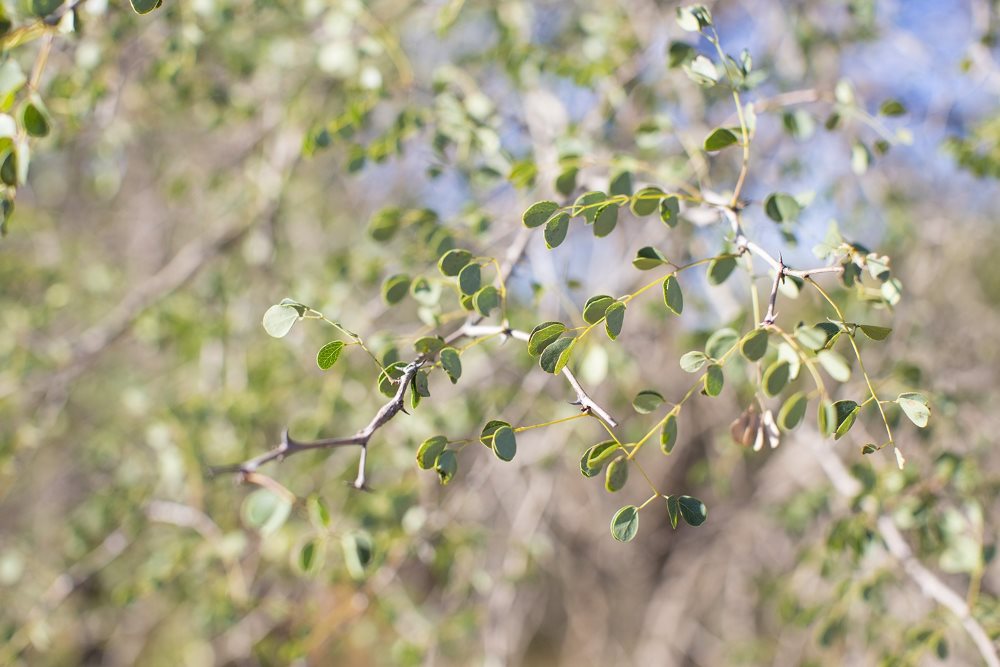
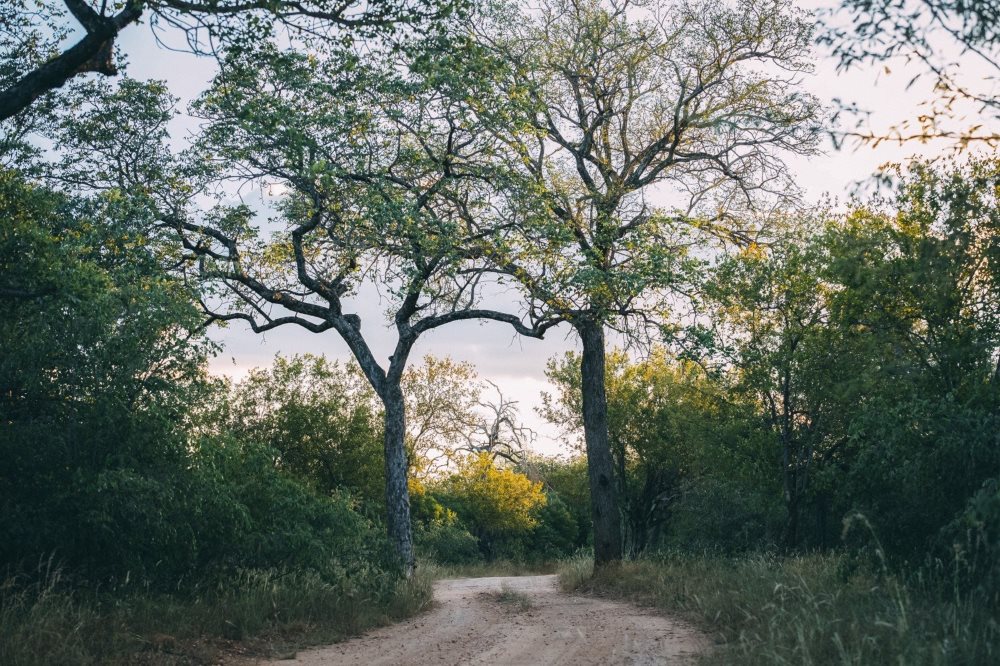
(L-R) Knob Thorn and Marula Trees on Pridelands. © Kirstin Scholtz
Birds
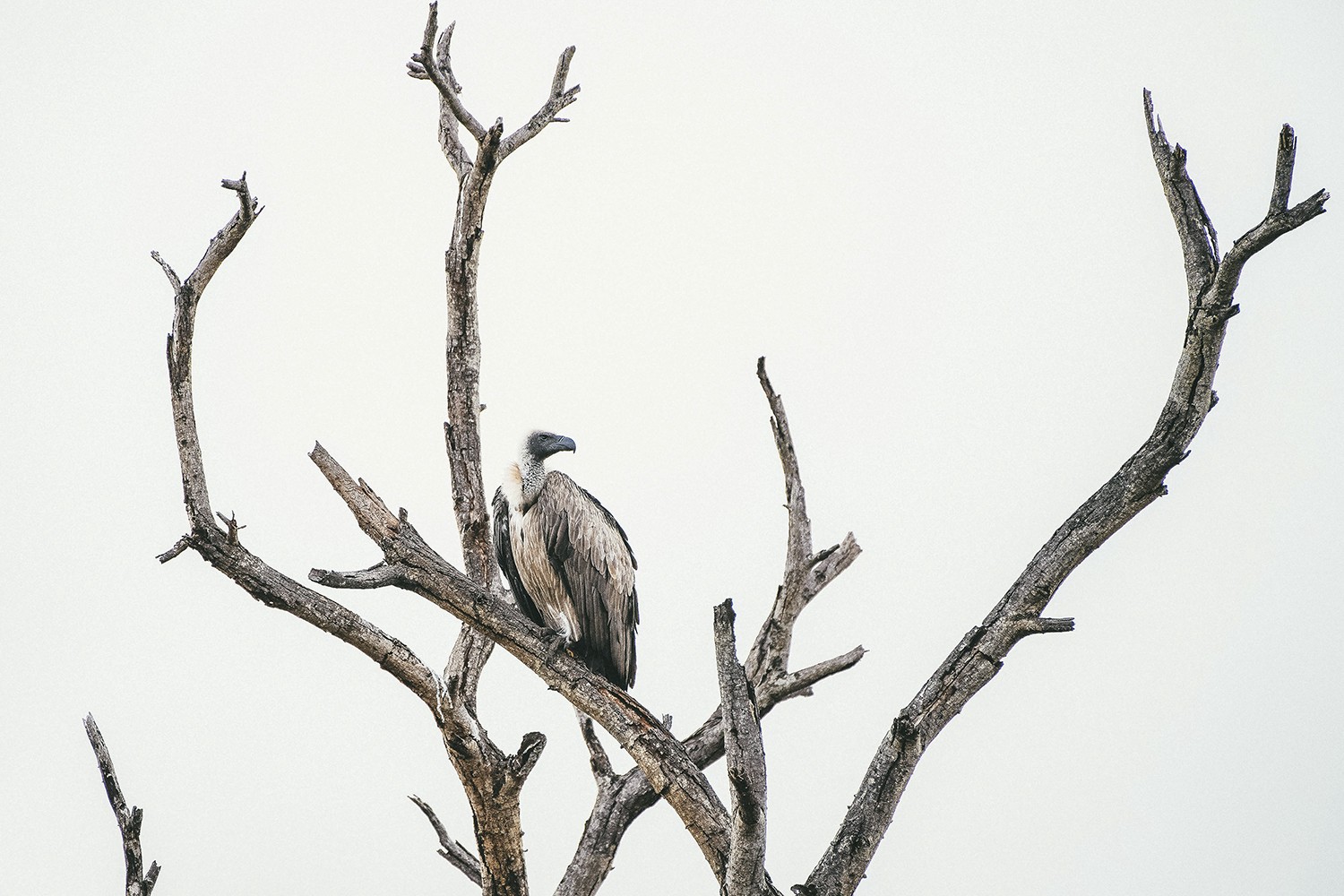
White-backed Vulture on Pridelands. © Kirstin Scholtz
A total of 246 species have been recorded on Pridelands and the surrounding area 2007. Pridelands is an area of high bird diversity and provides important habitat for the birds of the Lowveld savanna region.
Of particular importance, is the presence of nests and potential breeding sites of the Critically Endangered White-backed Vulture (Gyps africanus) on Pridelands.
There are two known nest localities.
On several occasions, the Endangered Southern Ground Hornbill has also been observed on Pridelands in the open fallow fields on the northern border of the property.
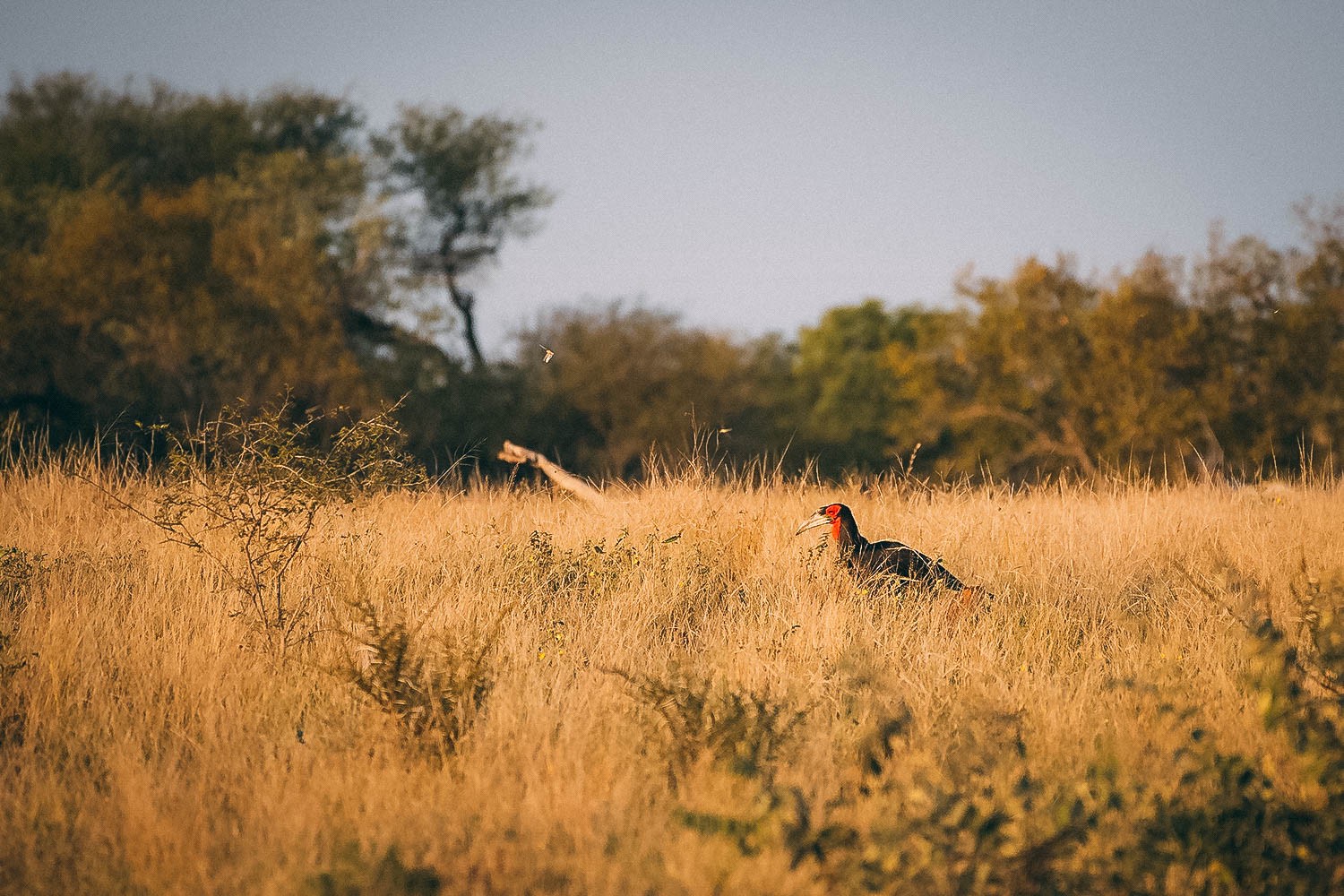
Southern Ground Hornbill spotted on Pridelands. © Kirstin Scholtz
Below is a table of the 50 most common bird species on Pridelands.
Table 1 the 50 most common species on Pridelands Species Name
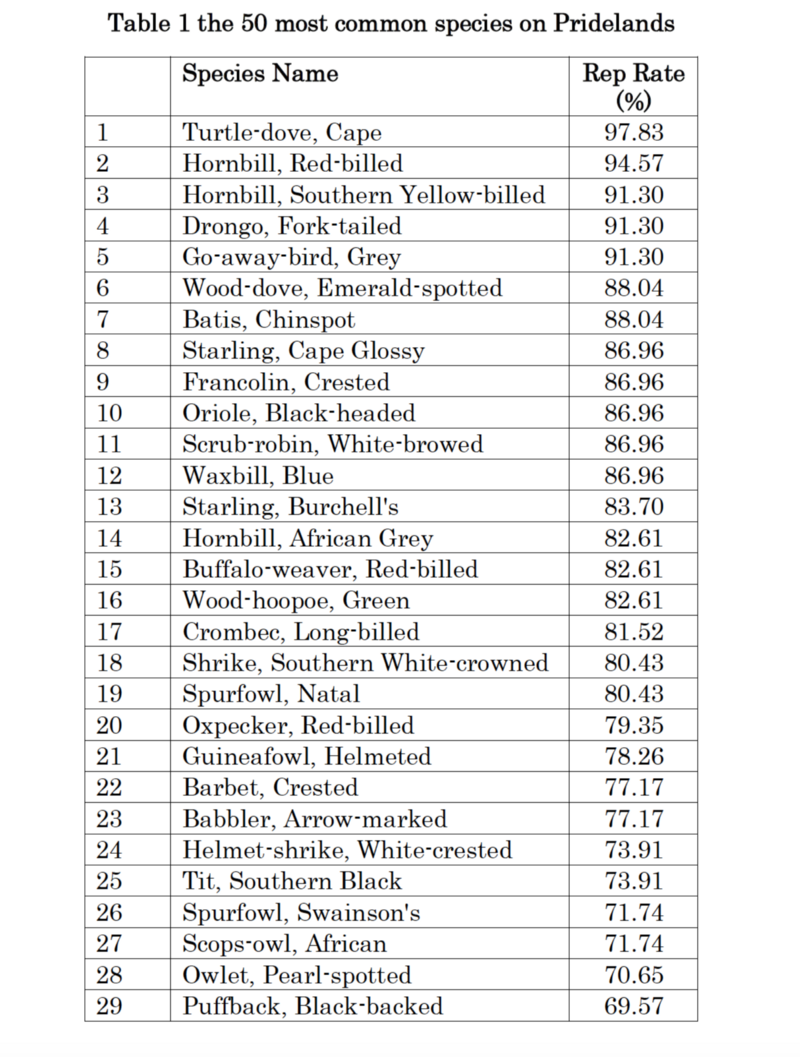
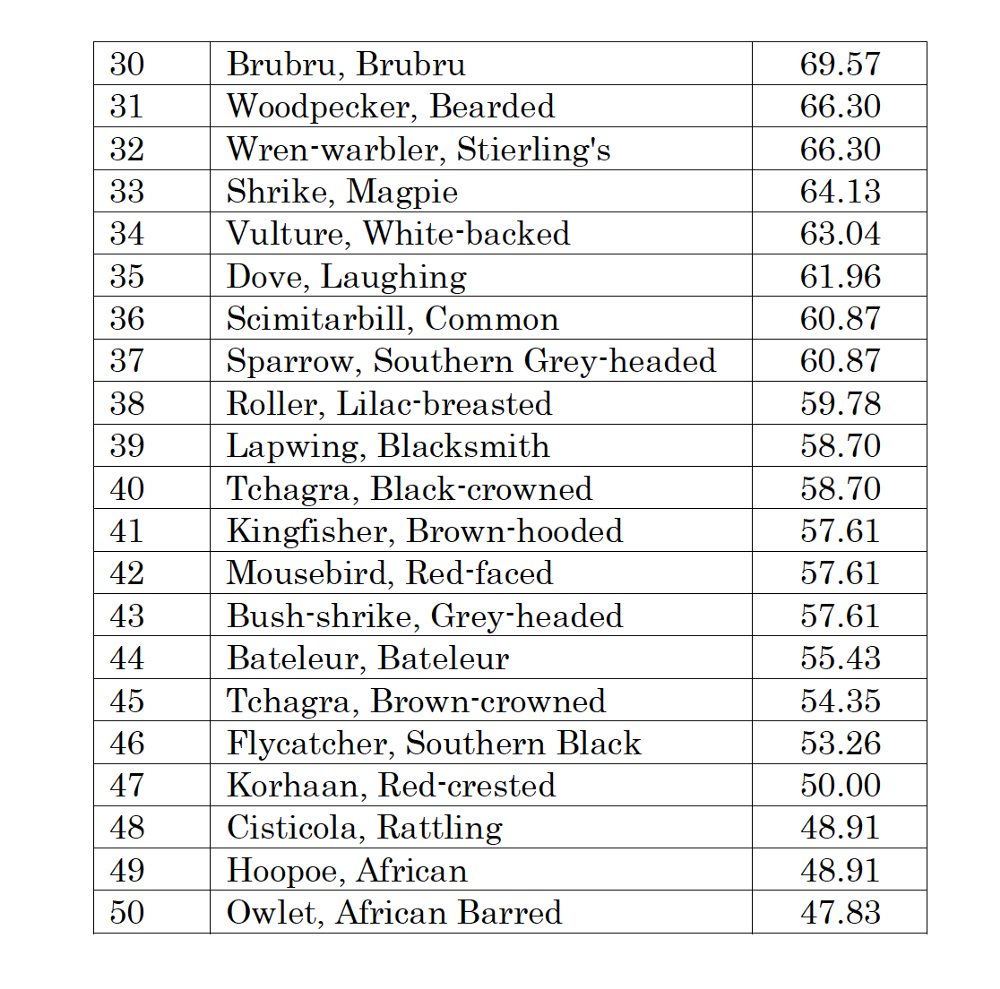
Mammals
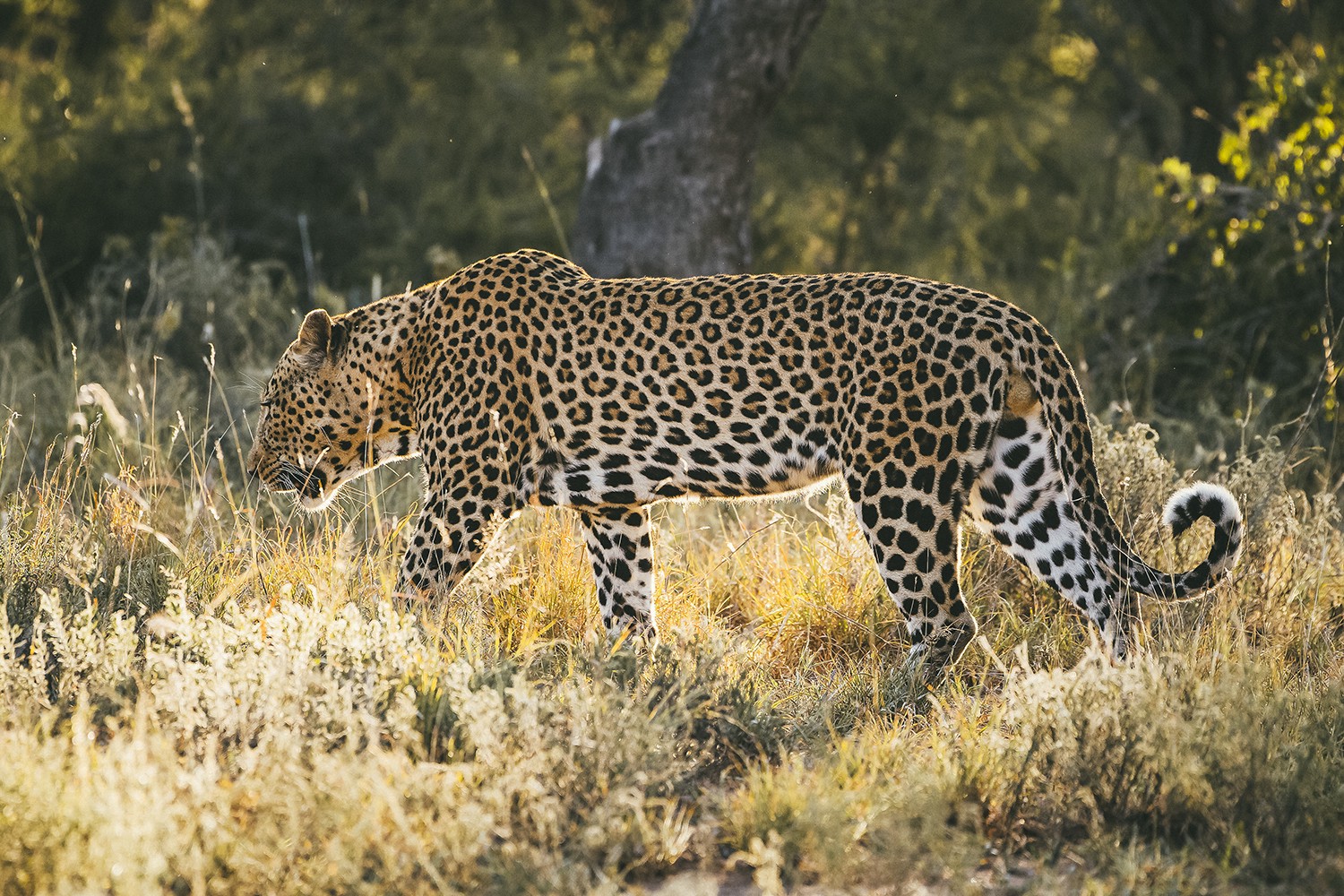
Forty-four species of mammal have been recorded on Pridelands.
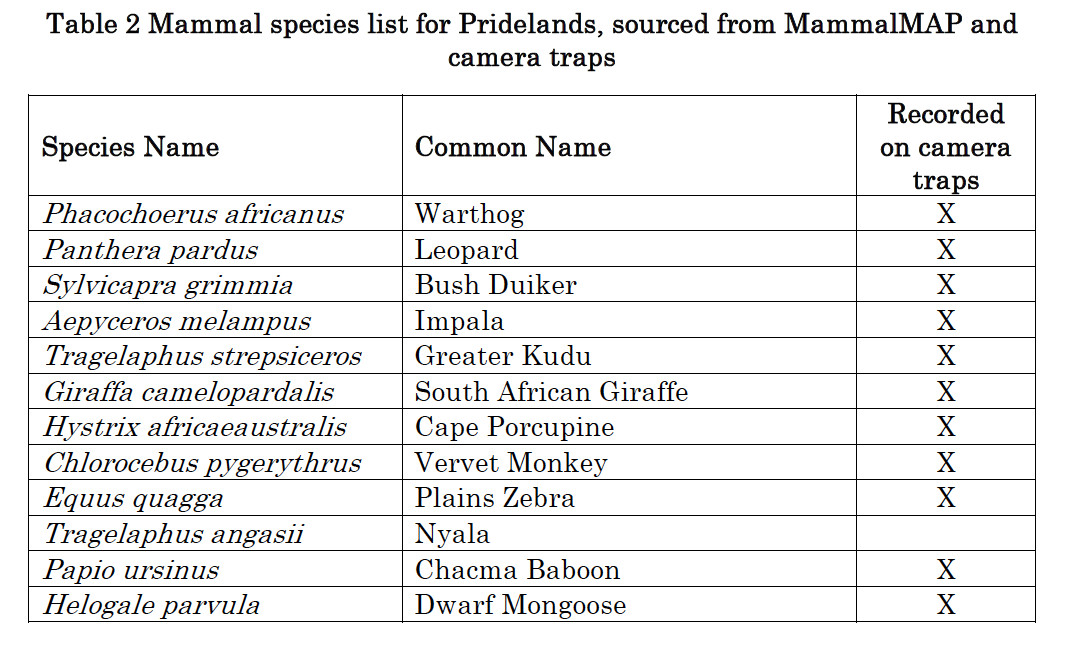
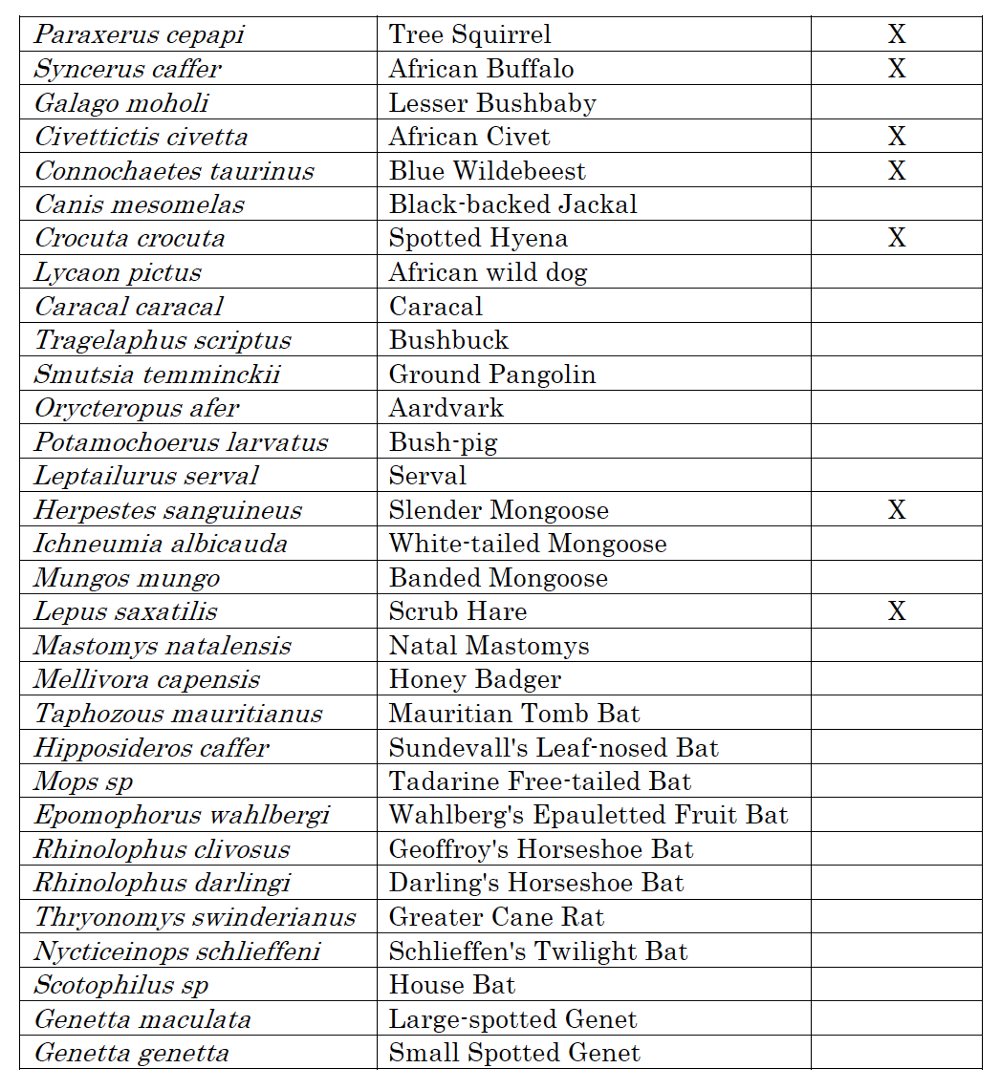
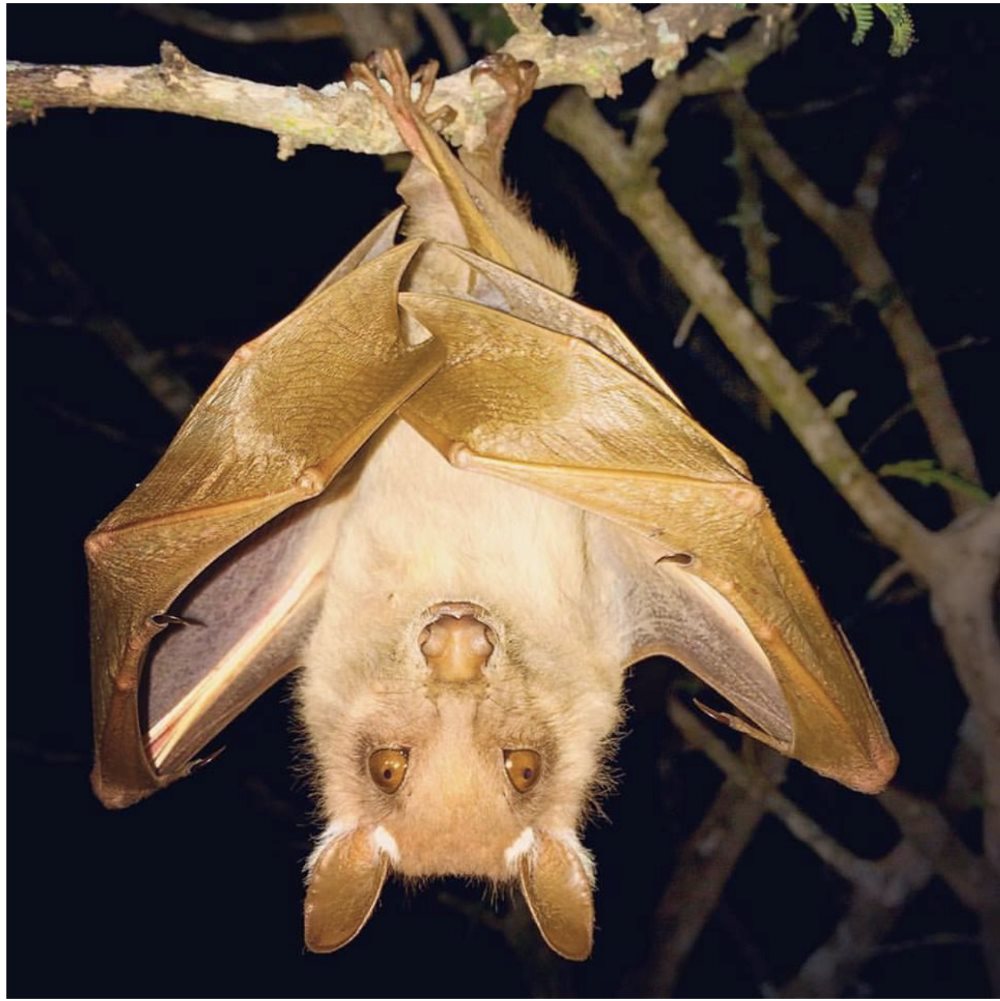
Wahlberg’s Epauletted Fruit Bat Epomophorus wahlbergi — one of the eight recorded bat species on Pridelands
We have the following species of Bats on Pridelands.
Bats belong to the Order Chiroptera. It is the second most diverse and abundant order of mammals in the world with great physiological and ecological diversity. Bats play important ecological roles as prey and predator, as well as in arthropod suppression, seed dispersal, pollination, and nutrient distribution and recycle in ecosystems. The economic benefits obtained from bats include biological pest control, plant pollination, seed dispersal, there are also opportunities for bat watching tourism, and education and research.
- Mauritian Tomb Bat Taphozous mauritianus
- Tadarine Free-tailed Bats Mops sp.
- Wahlberg’s Epauletted Fruit Bat Epomophorus wahlbergi
- Sundevall’s Leaf-nosed Bat Hipposideros caffer
- Geoffroy’s Horseshoe Bat Rhinolophus clivosus
- Darling’s Horseshoe Bat Rhinolophus darlingi
- House Bat Scotophilus sp.
- Schlieffen’s Twilight Bat Nycticeinops schlieffeni
Reptiles
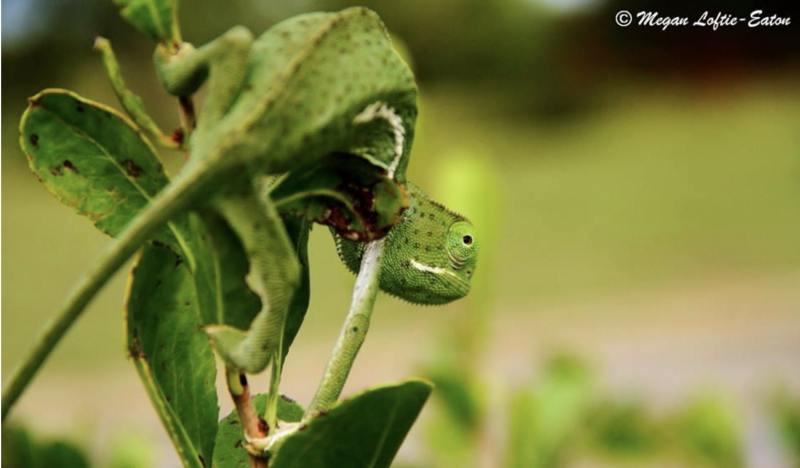
Common Flap-neck Chameleon Chamaeleo dilepis — one of the 71 reptile species that occur on Pridelands
For Pridelands and the surrounding area a total of 71 reptile species have been recorded.
